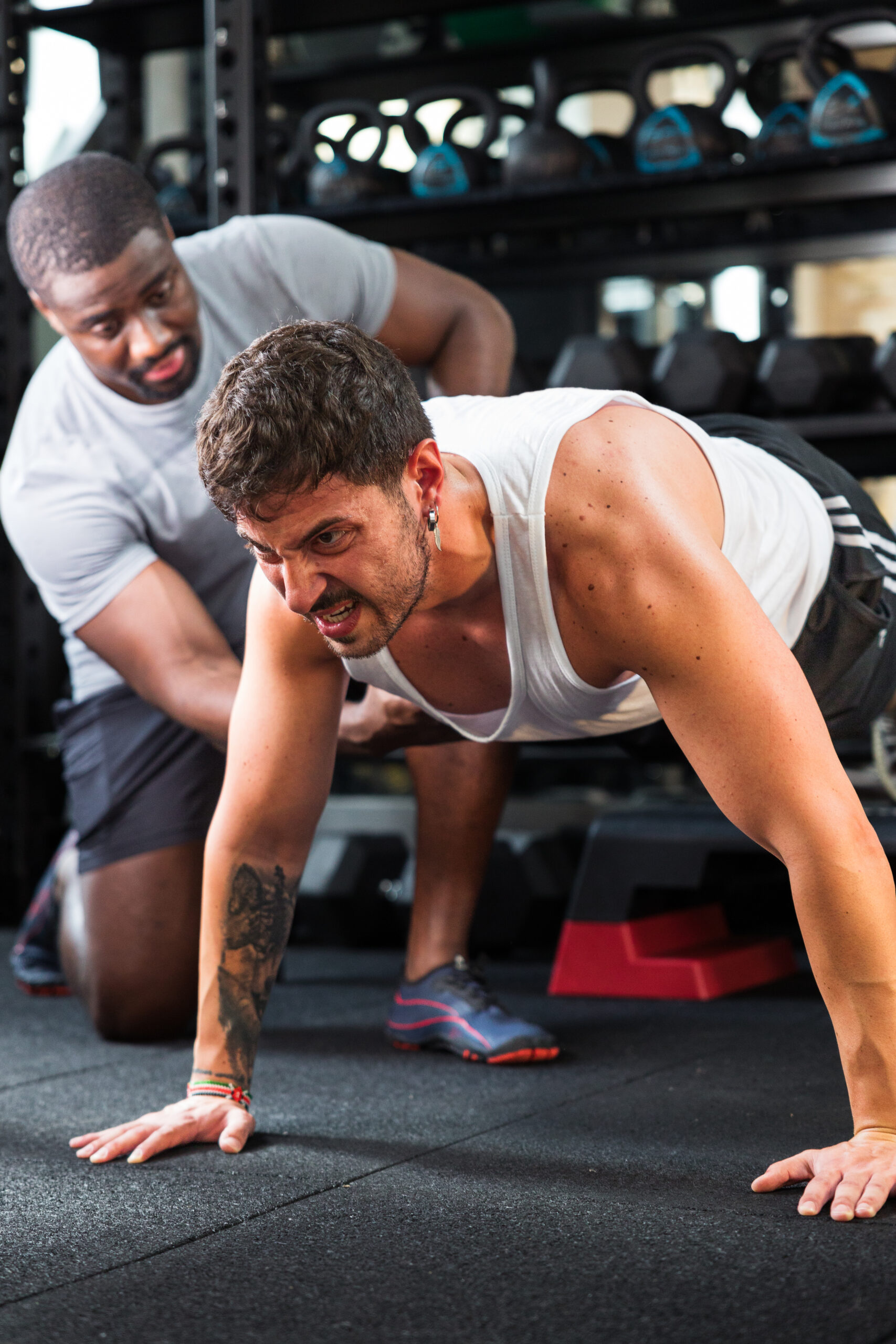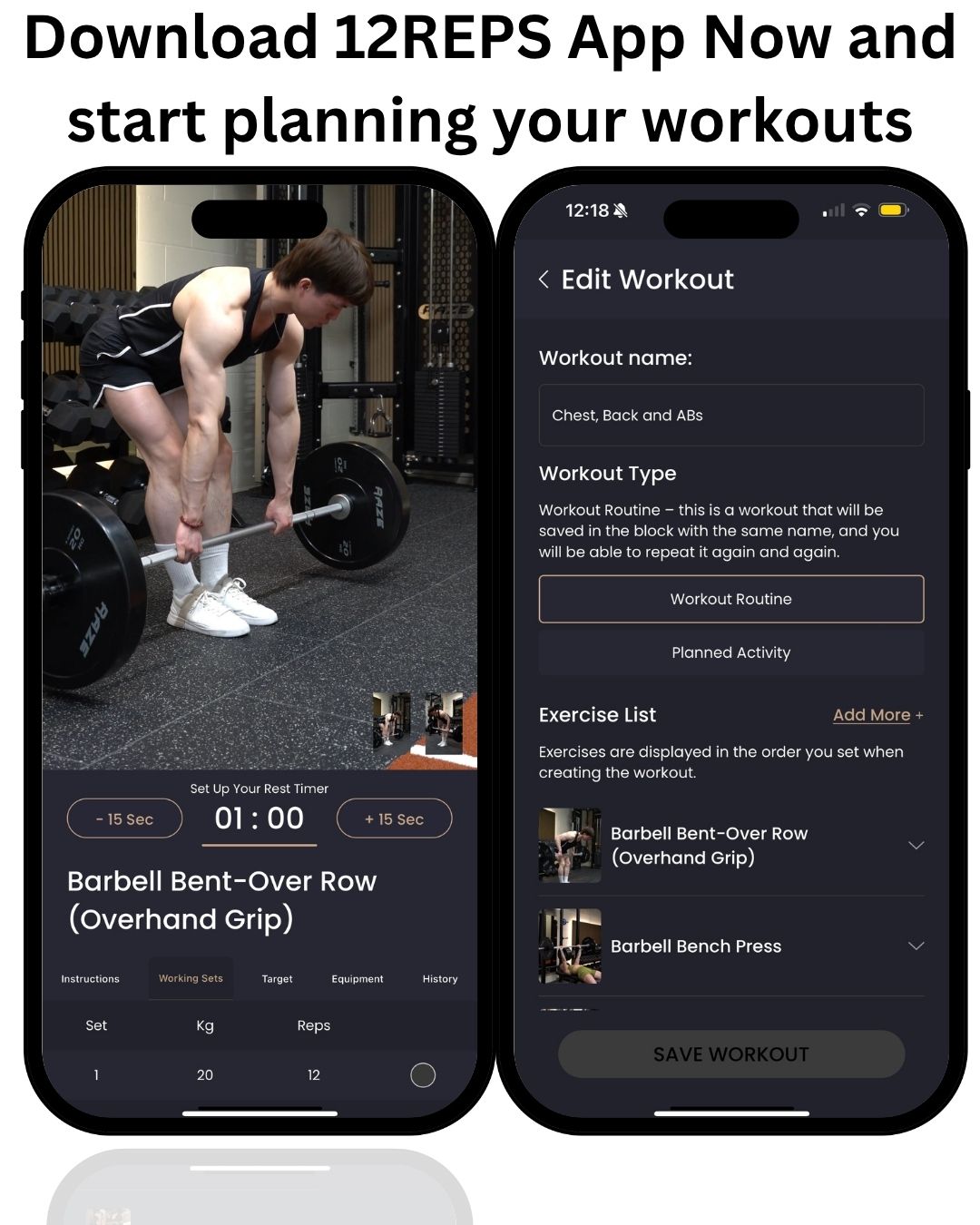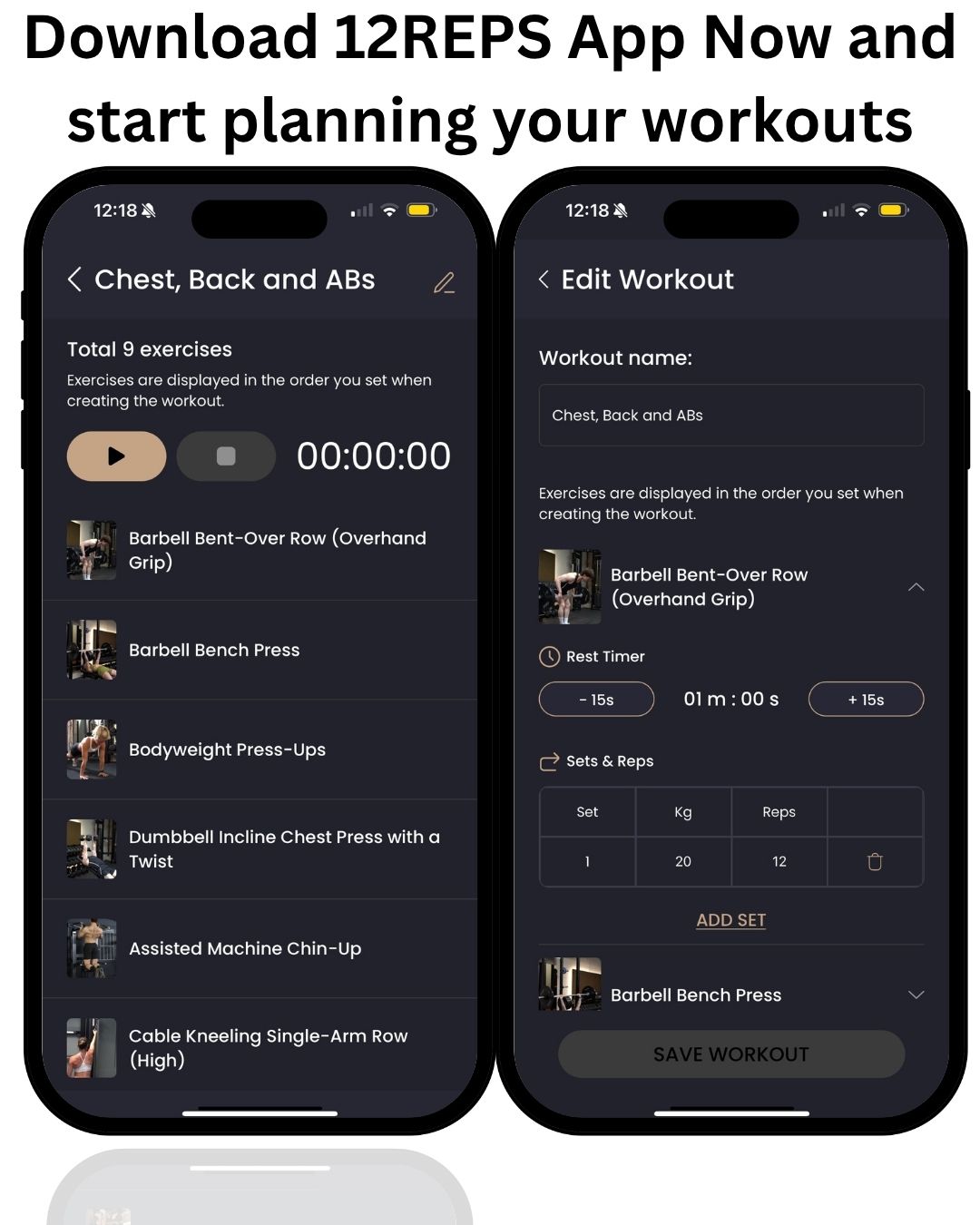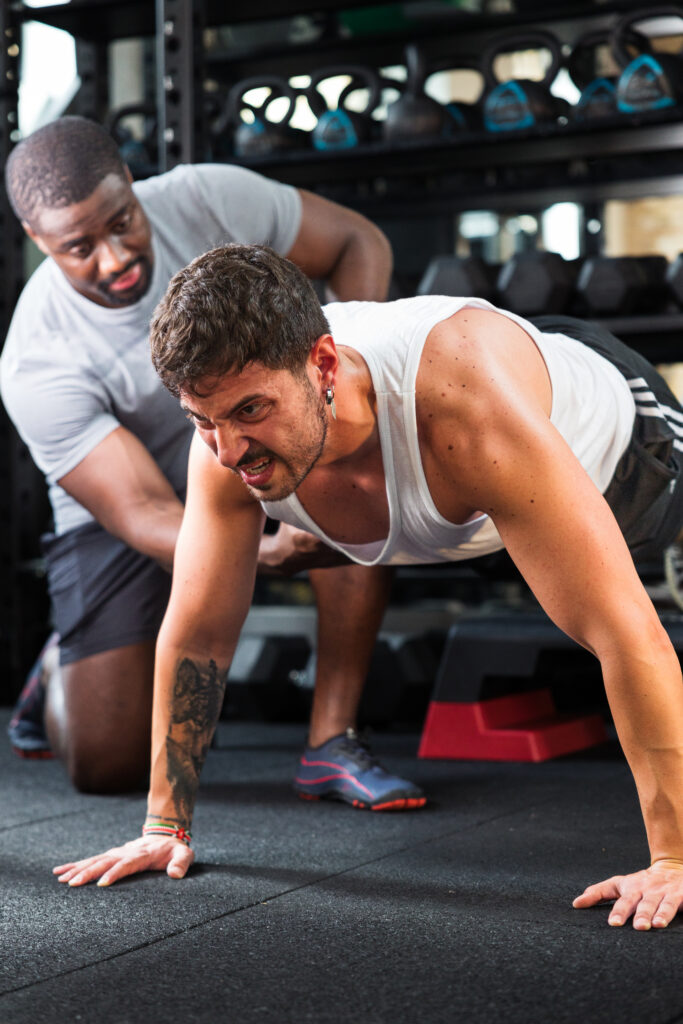By Will Duru, BSc (Hons) Sport and Exercise Science, Award-winning Personal Trainer with over 10 years of experience in strength training and optimising recovery
As a personal trainer for over a decade, I’ve had hundreds of conversations that start the exact same way. A guy in his 30s comes up to me and says, “Will, I need to get back in shape. I’m not feeling great, I’ve got this gut that wasn’t there a few years ago, and I’m tired all the time. Just tell me what to do. How many days a week do I need to be in the gym?”
It’s a great question because it comes from a place of wanting to make a real change. But it’s also a loaded question, because the fitness world has made it so confusing. You’ve got the hardcore gym bros on social media telling you that if you’re not training six days a week, you’re not even trying. Then you’ve got the minimalist crowd telling you that you can get ripped in two 20-minute workouts a week. Who are you supposed to believe?
I’m here to give you an honest, no-nonsense answer from someone who has been in the trenches with real guys, with real lives, for a very long time. The biggest mistake you can make in your 30s is to think that the answer is to just go harder. Your body is not the same as it was at 21. You have more stress, more responsibilities, and less time. Trying to crush yourself in the gym seven days a week is a recipe for burnout, injury, and ultimately, failure.
So, what’s the answer? It’s not a number. It’s a strategy. It’s about training smarter, not just harder. In this article, I’m going to lay out that strategy for you. I’ll show you how to figure out the right number of days for you, based on your goals. And I’ll show you how my app, 12reps, can build you a personalised plan that takes all the guesswork out of it.
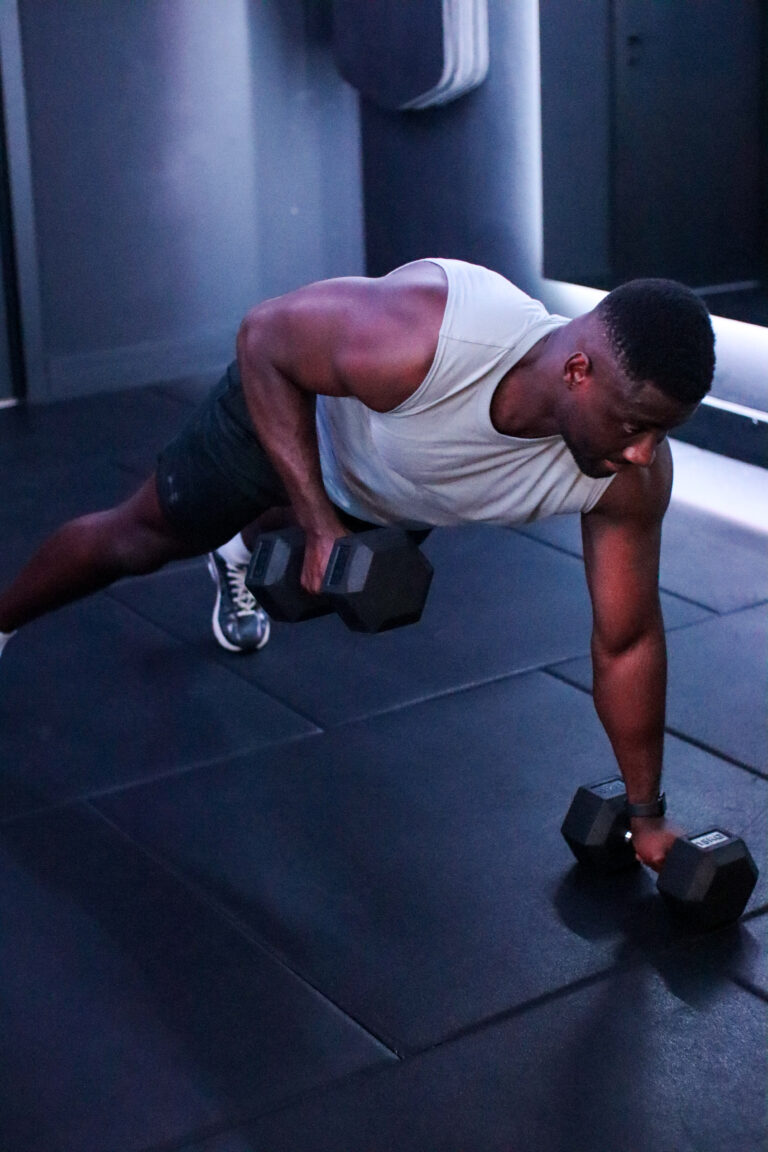
What's Your Mission? Your Goal Is Your Compass
Before we can talk about how many days you should train, we need to talk about what you’re trying to achieve. You can’t just say “I want to get in shape.” That’s too vague. You need to pick one clear, primary mission and dedicate yourself to it for a solid period of time, like 3 to 6 months. This is the only way to make real, noticeable progress.
Here are the three most common missions I see in my clients, and how we structure their training week for each one:
Mission 1: Build Muscle. If your main goal is to add some size to your frame, fill out your t-shirts, and get stronger, then strength training is your top priority. I recommend 3 to 5 days of strength training per week. This gives you enough volume to stimulate muscle growth, while still allowing for recovery. Cardio is optional here; maybe 1 or 2 light sessions a week if you enjoy it.
Mission 2: Lose Fat. If your main goal is to drop some body fat and reveal the muscle underneath, you need a two-pronged attack. I recommend 3 to 4 days of strength training per week, combined with 2 to 3 days of cardio. Strength training is non-negotiable; it’s what preserves and builds your muscle, which keeps your metabolism running hot. The cardio is what helps you burn extra calories and create the deficit you need to lose fat.
Mission 3: Improve General Health. If you’re not chasing a specific physique goal, but you just want to feel better, have more energy, and be healthier overall, then a more balanced approach is perfect. I recommend 2 to 3 days of full-body strength training per week, combined with 2 to 3 days of cardio. This gives you all the benefits of strength training, plus the heart health benefits of cardio.
Notice the common thread here? No matter what your goal is, strength training is the foundation. A 2018 meta-analysis published in the journal Sports Medicine confirmed that training more frequently leads to greater strength gains. [1] The research is clear: if you want to change your body, you need to be lifting weights.
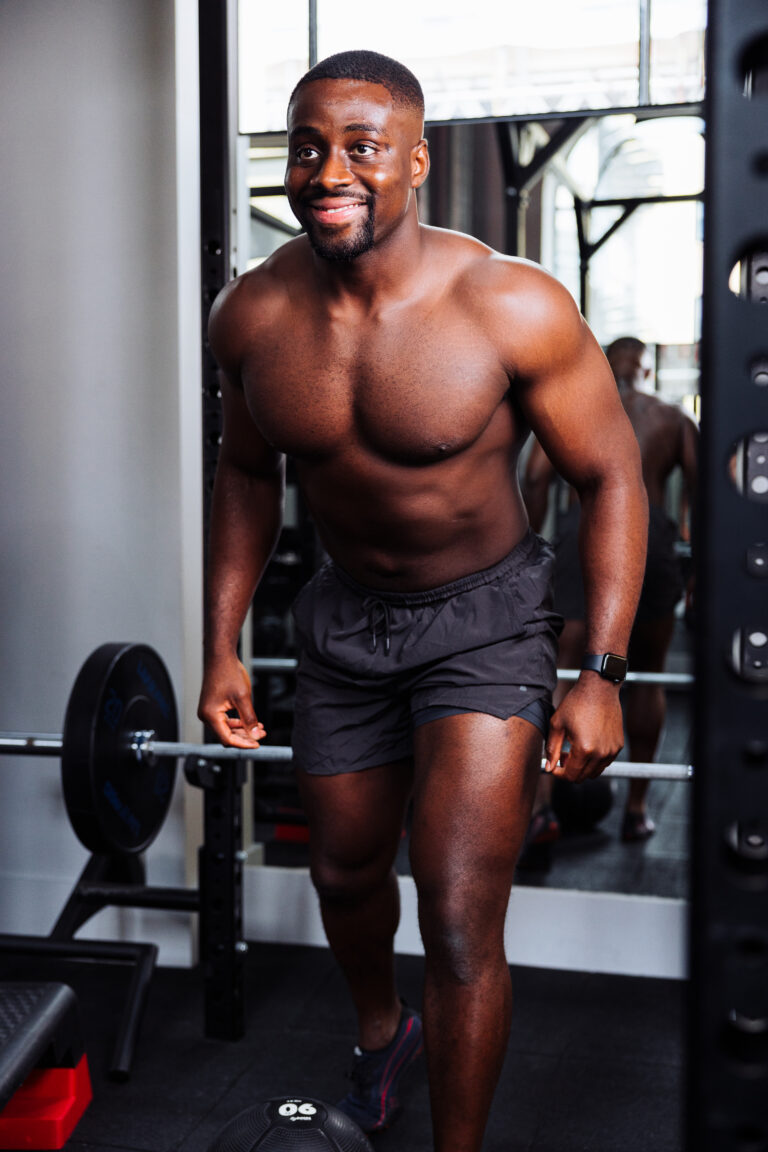
The Most Overlooked Part of Getting in Shape After 30
I’m going to tell you something that might surprise you. The most important part of your fitness journey in your 30s is not what you do in the gym. It’s what you do outside the gym. It’s your recovery.
When you’re in your 20s, you feel invincible. You can stay out all night, eat whatever you want, and still hit the gym the next day. In your 30s, that changes. You have a mortgage, a demanding job, maybe a couple of kids who think sleep is optional. Your body is under a lot more stress, and it doesn’t bounce back as quickly.
Every time you work out, you are creating microscopic tears in your muscle fibers. This is a good thing! It’s the signal that tells your body to rebuild those fibers stronger than before. But that rebuilding process only happens when you are resting. If you are constantly training and never giving your body a chance to recover, you are just breaking yourself down. This is what we call overtraining, and it can be a disaster. It jacks up your stress hormone, cortisol, which can actually cause you to store more fat and break down muscle tissue. [2] It’s the exact opposite of what you’re trying to achieve.
This is why I am a huge believer in scheduling your rest days just like you schedule your workouts. And a rest day doesn’t have to mean sitting on the couch. I’m a big fan of “active recovery,” which just means gentle movement that gets your blood flowing. A brisk walk, a bike ride with your family, or some light stretching are all great options. The science backs this up, too. Research on “masters athletes” (that’s you!) has shown that recovery is a critical component of making progress as you get older. [3]
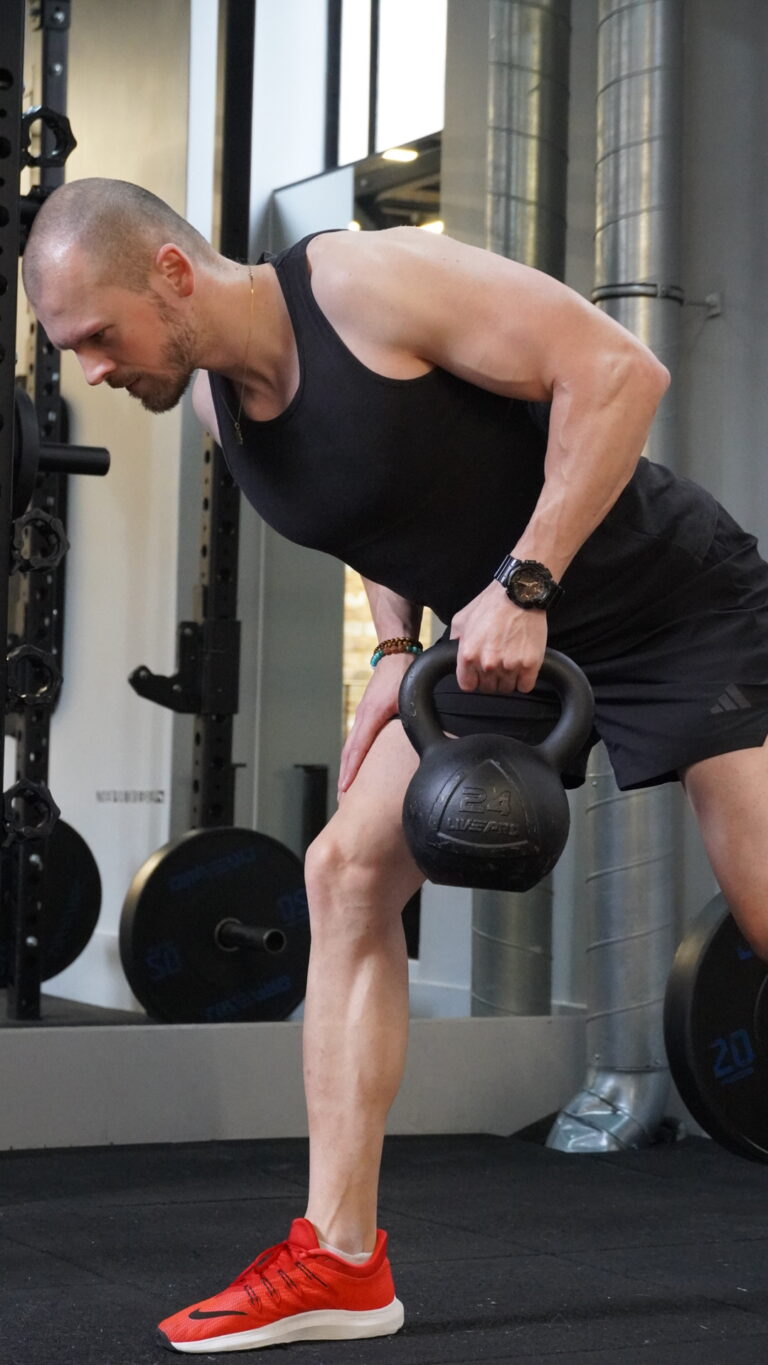
Putting It All Together: Your Blueprint for a Perfect Week
Okay, so let’s bring this all together into a practical, real-world plan. Let’s say your mission is to lose fat. Based on my recommendations, you should be aiming for 3-4 days of strength training and 2-3 days of cardio. Here’s a sample week that I would design for a client with that goal:
Monday: Full Body Strength Workout A
Tuesday: 30-minute Cardio (e.g., running, cycling, or rowing)
Wednesday: Full Body Strength Workout B
Thursday: 30-minute Cardio
Friday: Full Body Strength Workout C
Saturday: Active Recovery (e.g., long walk, stretching)
Sunday: Complete Rest
This is a fantastic schedule. It’s balanced, it’s sustainable, and it will get you incredible results. But I know what you’re thinking. “What exercises do I do in those workouts? How many sets and reps? How do I know if I’m doing them right?”
This is where so many guys get stuck. They have the best intentions, but they get paralysed by the details. And that’s why I poured 10+ years of experience into creating the 12reps app. I wanted to create something that would take all the thinking and all the guesswork out of it. With 12reps, you just open the app, select your goal and your schedule, and it builds the perfect plan for you. It tells you what to do every single day. It has videos of me showing you how to do every single exercise with perfect form. It tracks your weights, sets, and reps, so you can see yourself getting stronger every week. It’s like having me as your personal trainer, right in your pocket.
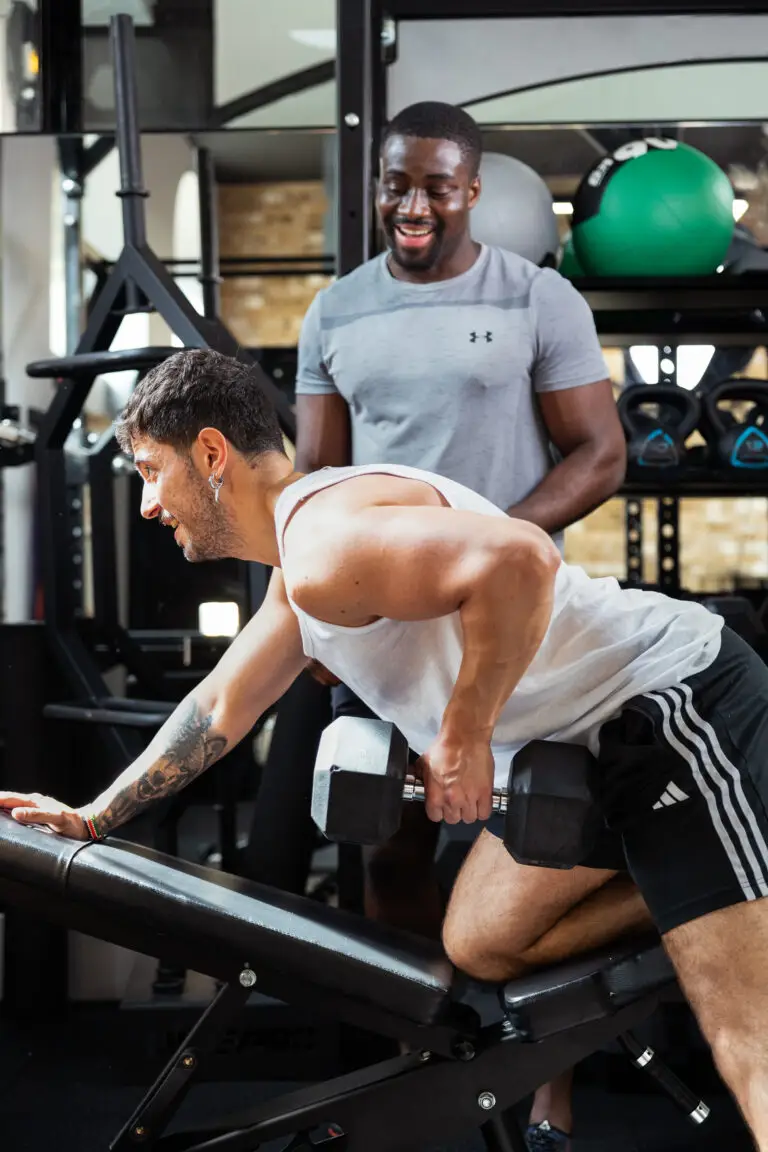
The Takeaway: It's About Strategy, Not Sacrifice
So, let’s go back to that original question. How many days a week should a man over 30 work out? The real answer is that it’s not about the number. It’s about the strategy. It’s about having a clear goal, a smart plan, and a consistent approach. Three or four high-quality, focused workouts will always be better than seven random, half-hearted ones.
You don’t have to sacrifice your family, your career, or your sanity to get in the best shape of your life. You just need to train smarter. You need a plan that works for you, not against you. You need to respect your body’s need for recovery. And you need to be consistent.
Stop guessing. Stop feeling overwhelmed. Stop thinking you have to live in the gym. It’s time to take control of your fitness and build a body that you can be proud of, for the rest of your life.
If you’re ready to stop messing around and start getting real results, I want you to download the 12reps app today. Let’s do this, together.
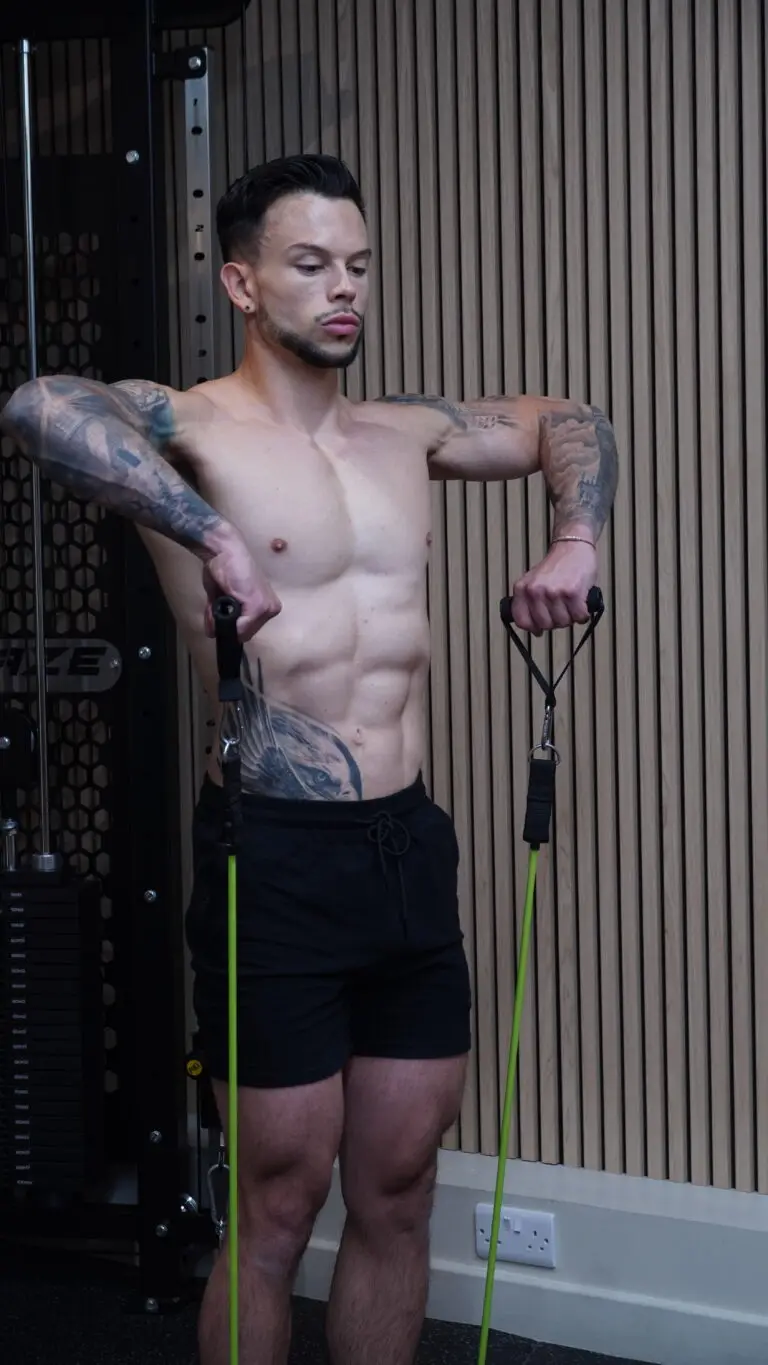
References
- [1] Grgic, J., Schoenfeld, B. J., Davies, T. B., Lazinica, B., Krieger, J. W., & Pedisic, Z. (2018). Effect of resistance training frequency on gains in muscular strength: a systematic review and meta-analysis. Sports Medicine, 48(5), 1207-1220. https://link.springer.com/article/10.1007/s40279-018-0872-x
- [2] Hackney, A. C., & Koltun, K. J. (2012). The immune system and overtraining in athletes: clinical implications. Acta clinica Croatica, 51(4), 633-641. https://pubmed.ncbi.nlm.nih.gov/23841029/
- [3] Reaburn, P. (2014). The masters athlete: A new model for healthy aging. Austin J Sports Med, 1(1), 1003. https://www.researchgate.net/publication/275218337_The_Masters_Athlete_A_New_Model_for_Healthy_Aging


